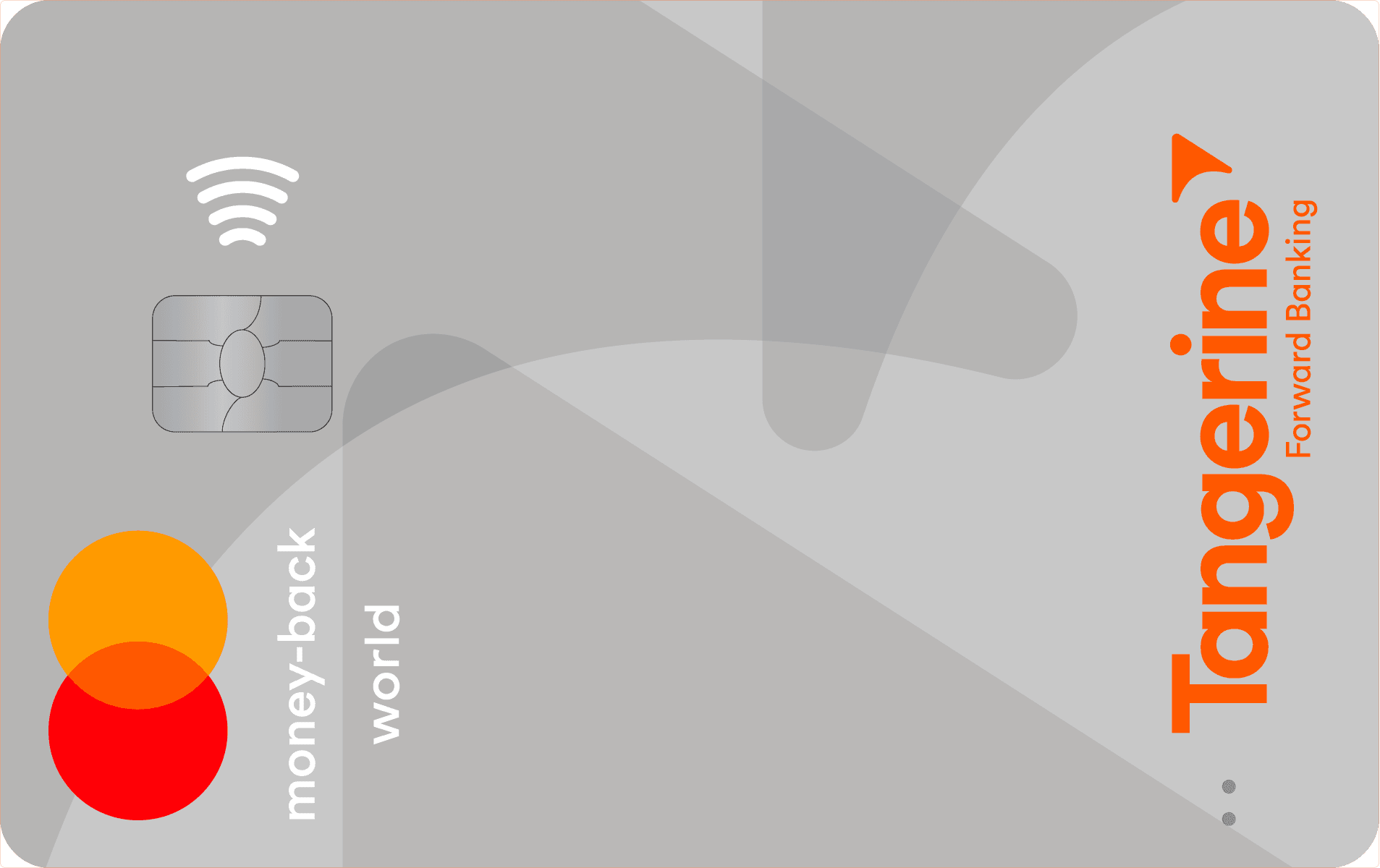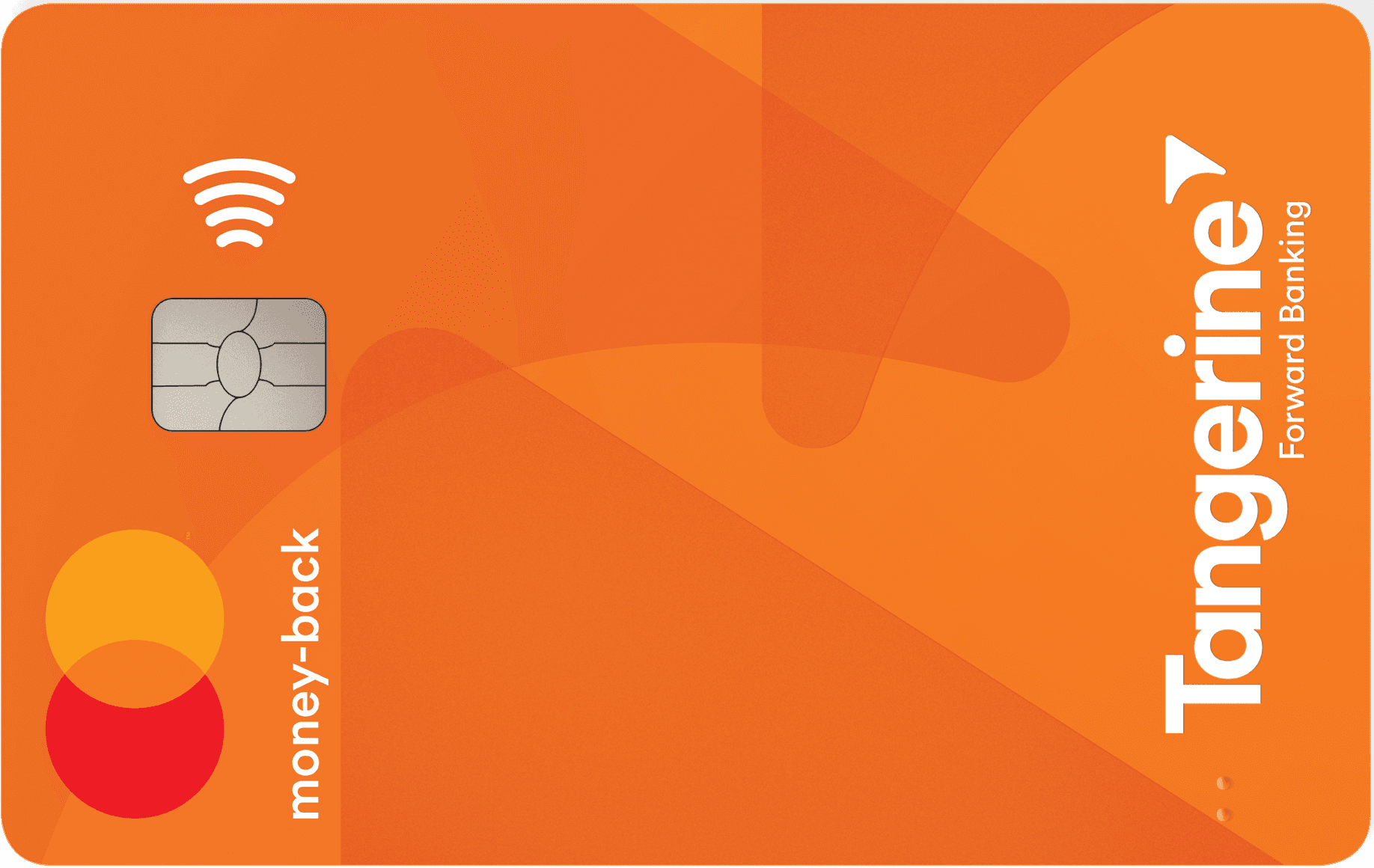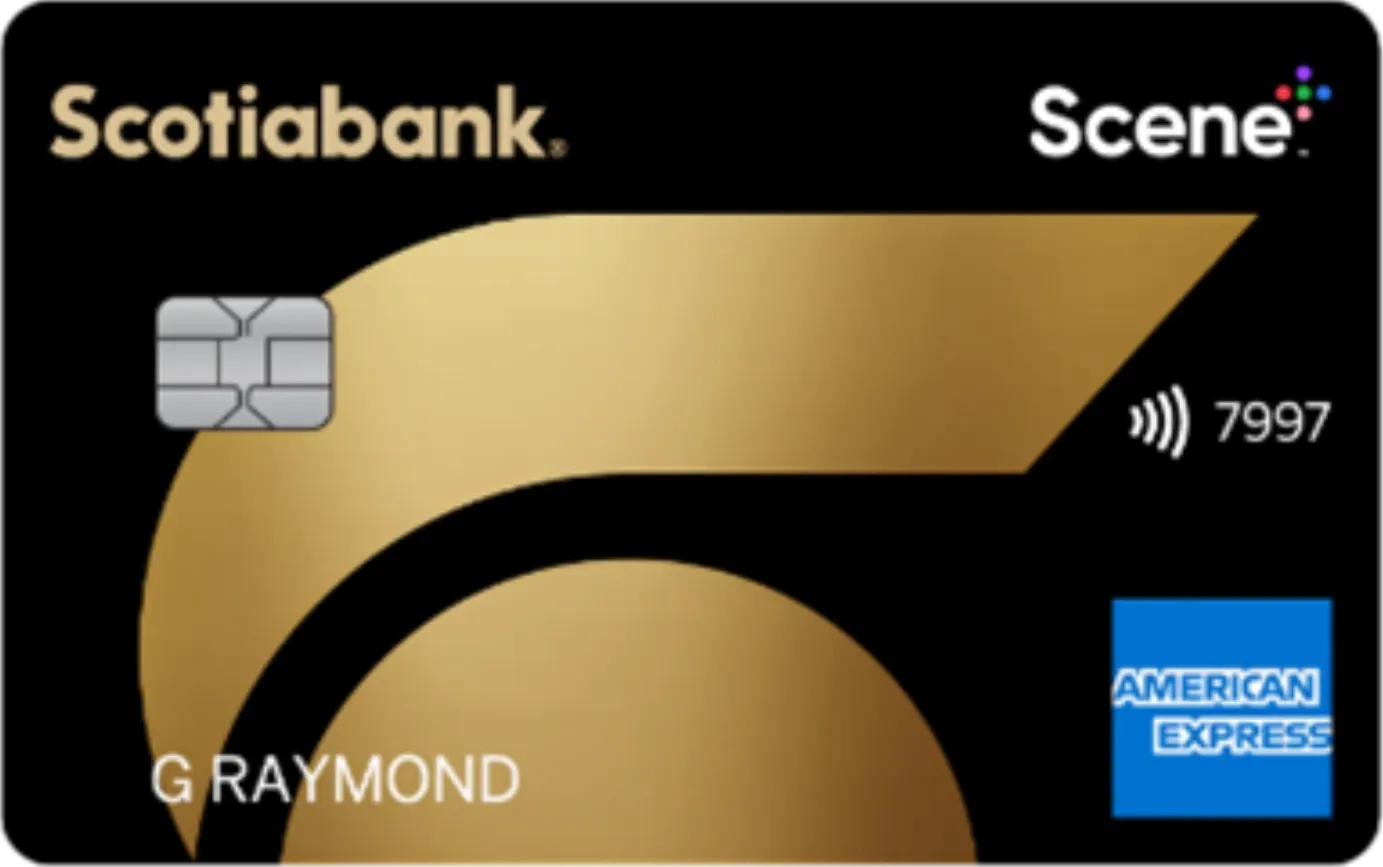Working hard in the background...
Credit Card vs Line of Credit
Published Nov 23, 2025 10:57 AM • 8 min read
In Canada, the terms credit card and line of credit are sometimes mistaken for one another. Though they both are associated with a third party lending money to borrowers, but they have their differences.
A line of credit lets you borrow money up to a certain limit and pay it back over time. You don't have to pay it all back at once, just a minimum amount each month. If you take longer to pay back the rest, it might affect your credit score. A credit card works a bit differently. It gives you a set amount of money to use each month. You need to pay back what you spend every month, or at least make a minimum payment and carry the rest to the next month. Basically, all credit cards are a type of line of credit, but not all lines of credit come with a credit card.
Credit card and line of credit differs in most aspects which is why it is important to know the differences. Let me walk you through all these differences in detail to give you an in-depth understanding.
Here are some of the major points on credit card vs line of credit:
Daily Usage
Lines of Credit: Primarily used for significant expenditures or ongoing expenses. They offer a high degree of flexibility in terms of how much and when you borrow within your credit limit. This makes them suitable for larger or unexpected costs, such as home renovations, education, or consolidating high-interest debts.
Credit Cards: Ideal for everyday purchases, online shopping, and smaller expenses. They are widely accepted as a payment method globally, providing convenience and immediacy in transactions. Credit cards often come with added benefits such as rewards programs, cashback, travel perks, and consumer protection features.
Annual percentage rate (APR)
The APR or annual percentage rate applied to credit cards and lines of credit also varies considerably.
Lines of Credit: Generally have lower APRs compared to credit cards. The interest rates are often variable and may fluctuate with the prime rate. This makes them more cost-effective for long-term borrowing.
Credit Cards: Typically have higher APRs, especially for carried balances beyond the payment due date. Some credit cards offer promotional low or 0% interest rates for a limited period, but the rates can significantly increase after the promotional period. Learn more at "How Credit Card Interest Works in Canada".
Credit limit
Lines of Credit: Often provide higher credit limits, sometimes reaching substantial amounts depending on the borrower’s creditworthiness and financial status. This high limit can be beneficial for covering larger expenses.
Credit Cards: Usually offer lower credit limits in comparison to lines of credit. The limit is set based on several factors, including credit score, income, and existing debt.
Purpose
Lines of Credit: Designed for users who need access to a larger amount of funds and prefer the flexibility of borrowing and repaying over time. They are not typically used for day-to-day purchases but for more substantial financial needs.
Credit Cards: Aimed at providing a convenient way to manage daily expenses, with the added advantage of rewards and benefits. They are not typically used for large-scale borrowing due to higher interest rates.
Revolving credit
Both offer revolving credit facilities. This means you can borrow, repay, and borrow again up to your credit limit. The key difference lies in how they are used and the cost associated with each.
For credit cards, when you purchase using the card and receive the bill at the end of the month you can choose to pay the balance in full or pay the minimum amount due and revolve the rest of the balance This way you can move some debt to the next billing cycle and can still enjoy the benefits of the credit card. For instance, your credit limit is $2000 and your month-end bill is $700. You can choose to pay the minimum amount due and take the rest of the amount to the next month (by agreeing to pay interest rate on the amount you carry).
For the line of credit, every user has a credit limit up to which they can borrow. The user can take the loan using the line of credit, repay it, and then take the loan again at a later time. For instance, your credit limit is $3000. You took $2500 for your home renovation in January and repaid that loan by July. Meanwhile, you needed a loan for your car maintenance and you withdrew $500 in August. Note that you will need to pay interest on this amount every month that it is borrowed.
Rewards and benefits
Credit cards are well known for the rewards and benefits they offer. These perks can be quite attractive and often include cashback, free miles, redeemable reward points, discounts, and other incentives that motivate users to apply for them. Therefore, if you're making a purchase you can pay off in full, using one of the best rewards credit cards available is definitely a smarter choice.
However, a line of credit doesn’t have any such associated reward or benefit system. Though it doesn’t excite users to have no rewards and benefits plan at the same time it is a relief for those who get tempted to overspend just to get a reward they are trying to achieve. With no rewards to follow, the users of the line of credit have nothing to worry about.
Documentation and application process
The documentation required for a line of credit is quite extensive in comparison to the documents necessary for the application process of a credit card. It is because, in line of credit, the lender is extending access to hefty funds for which they need the assurance that the financial condition of the user is good enough to pay back the borrowed debt. This is why the application process for a line of credit requires more time and scrutiny in comparison to the application process for a credit card.
Using a Line of Credit for Credit Card Debt Payment
One of the biggest financial advantages of a line of credit is its usefulness in paying down existing credit card debt. Since most credit cards carry significantly higher interest rates than lines of credit, transferring or paying off your card balance using a line of credit can immediately lower your monthly interest costs. This means more of your payment goes toward the principal instead of interest, helping you get out of debt faster.
Read More: How to Get Out of Credit Card Debt
The reason this strategy is so effective is because of the difference in APR. Credit cards commonly charge interest rates ranging from 19% to 24% or higher, especially on revolving balances. Lines of credit, on the other hand, typically have much lower variable interest rates tied to the prime rate. For borrowers who qualify, this is a much more cost-efficient way to manage existing debt, without resorting to high-interest minimum payments that barely reduce the balance.
Additionally, a line of credit doesn’t lock you into a fixed repayment structure the way a traditional consolidation loan does. You can repay at your own pace while still having access to available credit if another financial need arises. For many Canadians who are trying to regain control of their finances, this flexibility — combined with a lower APR — makes using a line of credit for credit card debt repayment a strategic and financially responsible decision.
Credit Card vs Line of Credit - Pros and Cons
Since you are aware of the distinctive aspects of credit cards and lines of credit, you should also know the pros and cons of each borrowing aspect to make an informed decision.
Line of credit pros
- It has a low APR and interest rate as compared to credit cards.
- You can apply for a line of credit for once, and then get access to the funds whenever you require. This way you can get the mental peace that you have an approved line of credit that you can use in case of need.
- It can be spent on whatever expense you need to do.
- It can be accessed without paying any additional fees such as overdraft fees and others.
Line of Credit Cons
- The interest rate is conjoined with the prime rate. This is why the interest rate can vary over time by the lender and can affect your repayment plan.
- When you have access to hefty funds then you can get the temptation to overspend.
- No specified deadline to pay back the loan can lead to a careless attitude where users pay only the minimum due amount each month and delay the rest of the payment. This may affect your credit score and credit history and should be avoided.
Credit Card Pros
- You can earn great rewards and benefits with a credit card that offsets the annual fee and any other fee that you have to pay to use the credit card.
- You can enjoy insurance coverage such as travel insurance which can be a huge relief especially if your business requires frequent travelling.
- You can use the credit card in person at the purchase store or can use it online from the comfort of your home.
- Credit cards usually come with a grace period of 21 to 25 days where you can delay the payment without having to pay the interest rate. This way you can delay the monthly payment without paying any additional amount in the name of the interest. There is no such grace period concept for a line of credit.
Credit Card Cons
- Credit card comes with many kinds of fees such as annual fee, cash advance fee, and late payment fee.
- It usually has a high-interest rate as compared to the interest rate on the line of credit.
- The credit limit of credit cards is comparatively lower than the line of credit. This is why there are more chances of reaching a higher limit of credit utilization that can negatively impact your credit score.
Trending Offers

Tangerine® Money-Back World Mastercard®*

Tangerine Money-Back Mastercard

Neo World Elite® Mastercard®

Scotiabank Gold American Express® Card
About the author

Abid Salahi
Credit Card Expert
Abid leads the design and engineering of the FinlyWealth website, making sure everything runs smoothly and looks great. He’s a seasoned software engineer who follows best practices and designs interfa...
SEE FULL BIO